Is your existing or new roof showing signs of age or wear?
From buckling shingles to unnoticed leaks, signs of roof damage aren’t always obvious. This article will help you spot the definite signs that your roof needs replacing and discuss the factors that impact its longevity—giving you essential insights on when to replace a roof without the fluff or sales pitch.
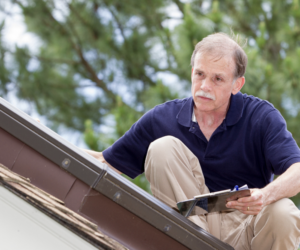
1. Buckled and curled shingles
When inspecting your property, if you notice asphalt shingles that resemble undulating waves rather than flat, protective barriers, it’s a sign of wear and tear. These buckling or curling shingles, along with any missing shingles, signal underlying issues such as exposure to severe weather, poor ventilation, or aging, which could lead to leaks or further deterioration.
If left unchecked, damaged shingles can compromise the integrity of your home’s roof, potentially leading to serious damage.
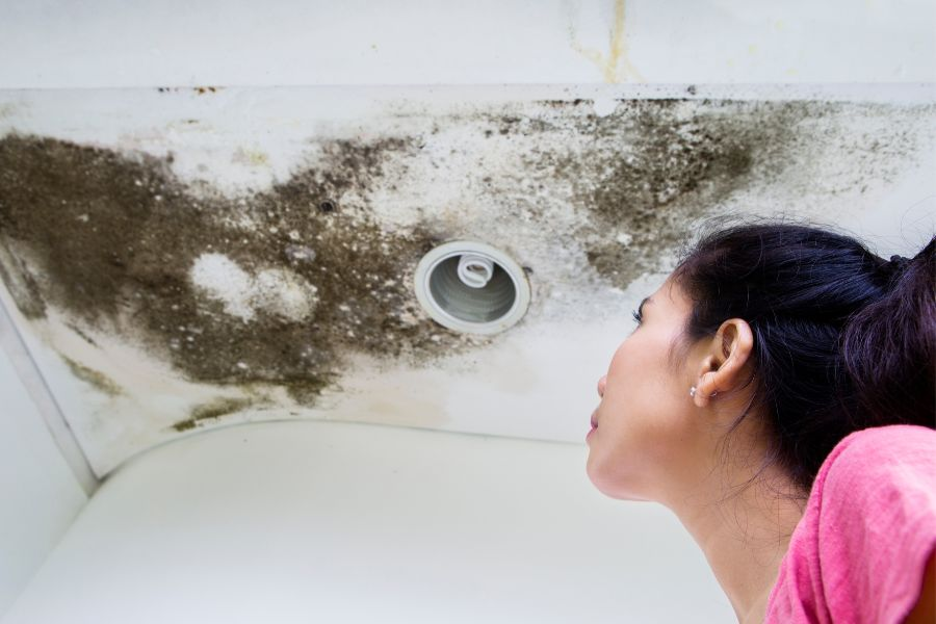
2. Water damage in the ceiling, walls, or attic
Detecting subtle signs of roof deterioration, like water intrusion, is essential for home maintenance. When walls and ceilings display stains reminiscent of abstract art, it signals more than an aesthetic issue; these are serious indications of potential property damage and health-threatening mold growth.
Similarly, hidden roof leaks, which can go unnoticed like stealthy intruders, may suggest significant underlying problems, indicating that a simple repair may not be enough—these may be signs you need to replace your roof. Additionally, the effects of storms, such as strong winds and flying debris, can quietly damage roofing materials, leading to persistent leaks that worsen over time.
3. Granules are in your gutters
Discovering shingle granules, which signify granule loss, in your gutters can be a clear indicator of your roof aging. Their presence in your gutters signals a loss of effectiveness, akin to an animal shedding its coat for the winter, indicating vulnerability to weather damage.
If you notice your gutters filling with what looks like gritty coffee grounds, it’s a clear indicator that it’s time to consider a roof inspection and possibly renew your roof’s condition to prevent future issues.
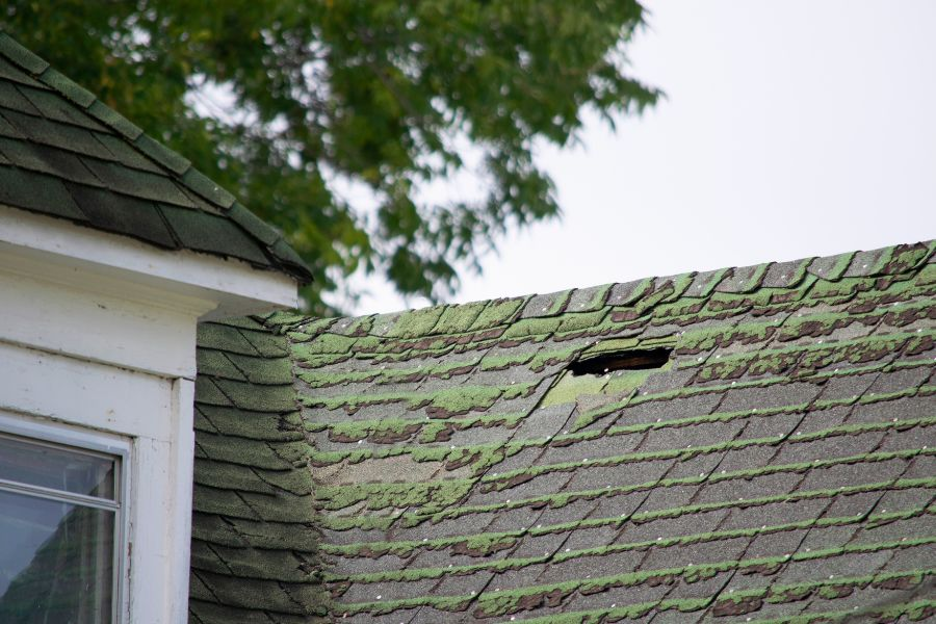
4. Moss, mold, or fungi have taken over your asphalt shingles
If you spot moss or mold on your tile roof or asphalt shingles, be alert—this isn’t a natural feature but a threat that could significantly shorten your roof’s lifespan. Both moss and mold hold moisture and add weight, risking structural damage and potential leaks as moss roots lift and warp shingles.
Additionally, these growths can attract pests, exacerbating the damage. If your roof begins to look more like a wild forest floor, it’s crucial to have a professional inspect it promptly to avoid the need for a full replacement.
5. Your shingle roof is 20 to 30 years old
As your house ages, it’s crucial not to overlook the condition of your roof, especially if it’s an asphalt shingle roof that’s 20 to 30 years old. Whether it’s an asphalt shingle roof or a metal roof, signs of wear such as curling shingles, buildup of granules, attic leaks, sagging, or moss growth suggest it might be time for a replacement. A professional roofing contractor can evaluate whether repairs are adequate or if you need to replace your roof.
Monitoring similar-aged roofs in your neighborhood can also indicate the general lifespan and the potential need for updates, especially as factors like poor ventilation or extreme weather can hasten deterioration.

How long does a roof usually last?
When assessing roof durability, it’s essential to consider the lifespan of materials like asphalt roof shingles, which typically last 15 to 20 years in sunny, harsh climates like Florida’s. This lifespan can be affected by factors including whether the roof is properly ventilated, intense weather, hail, or accidental damage.
As roofs age beyond 20 years, the accumulation of weather-related wear often makes replacement more practical and cost-effective than repairs. When deciding whether to repair or replace, consider the roof’s age, the extent of past weather damage, and its ability to withstand future conditions.
When is it time to replace your roof?
Deciding when to replace your old roof involves more than just considering its age or appearance. Be on the lookout for signs of deterioration from storm damage or high winds, such as cracked or curling shingles, missing shingles, water stains on ceilings, or excessive moss growth on roof tiles, as these indicate it might be time for a replacement. If you’re unsure, a professional roof inspection can provide clear insight into your roof’s condition and help you make an informed decision.
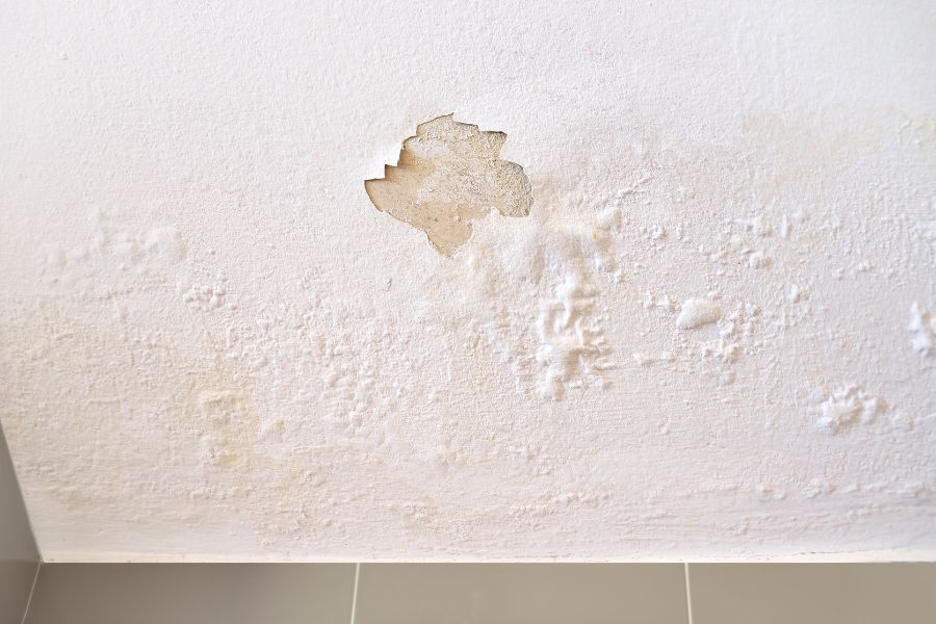
Inspection Insights: Starting Your Roof Replacement Journey
Embarking on a roof replacement starts with getting your roof inspected by professionals to assess its condition and the structural integrity of your house. This includes checking for leaks and ventilation issues and examining all components like flashing, vents, chimneys, valleys, and shingles.
A detailed inspection not only identifies significant damage but also facilitates the insurance claim process. Skipping this crucial step can lead to unexpected complications, undermining the success of the roof replacement and the overall safety of your home.
Selecting the Right Roofing Contractor
Securing a new roof begins with choosing the right contractor. A new roof can significantly enhance your house’s curb appeal while protecting your top layer. Start with online reviews, particularly on Google, and seek personal recommendations to identify a contractor known for quality. Gather multiple quotes to assess cost-effectiveness, customer service, and the quality of materials.
Also, check references and view previous projects to confirm their ability to enhance your home’s safety and comfort with a high-quality new roof installation. Take your time to ensure you pick a contractor who meets all these criteria.
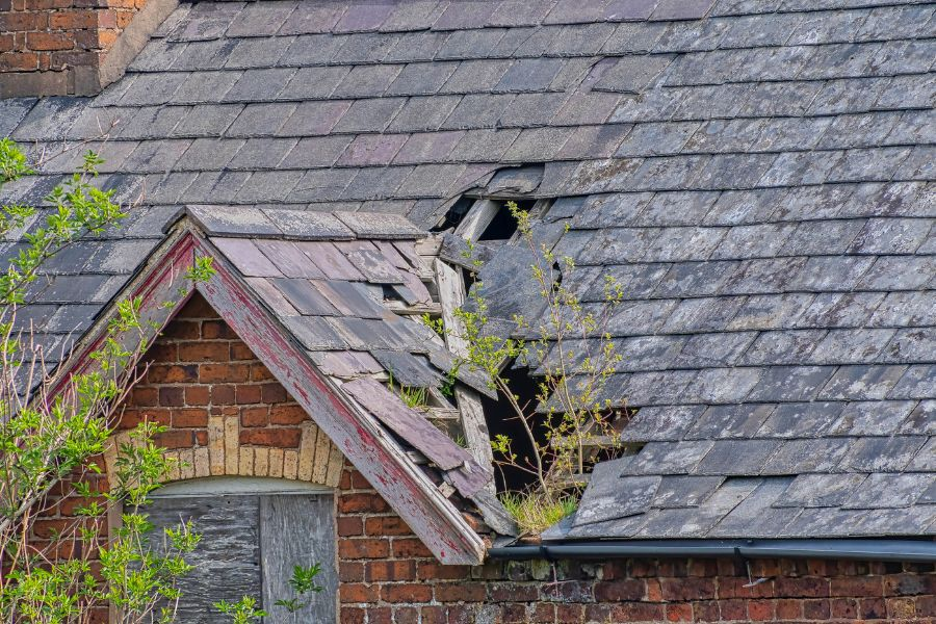
Deciding on the Scope: Full vs. Partial Roof Replacement
In the final stages of your roof replacement process, determining the project’s scope is crucial. Decide between replacing the entire roof or just the parts that need to be replaced, weighing long-term benefits against immediate costs.
Considerations should include the type of roofing material, the number of existing layers, complications from features like chimneys and skylights, and local weather conditions that might necessitate more durable materials. Additionally, think about the potential for integrating solar panels.
Also, be aware of local permit requirements and fees, as these vary by area and can influence both your decision and the project timeline.
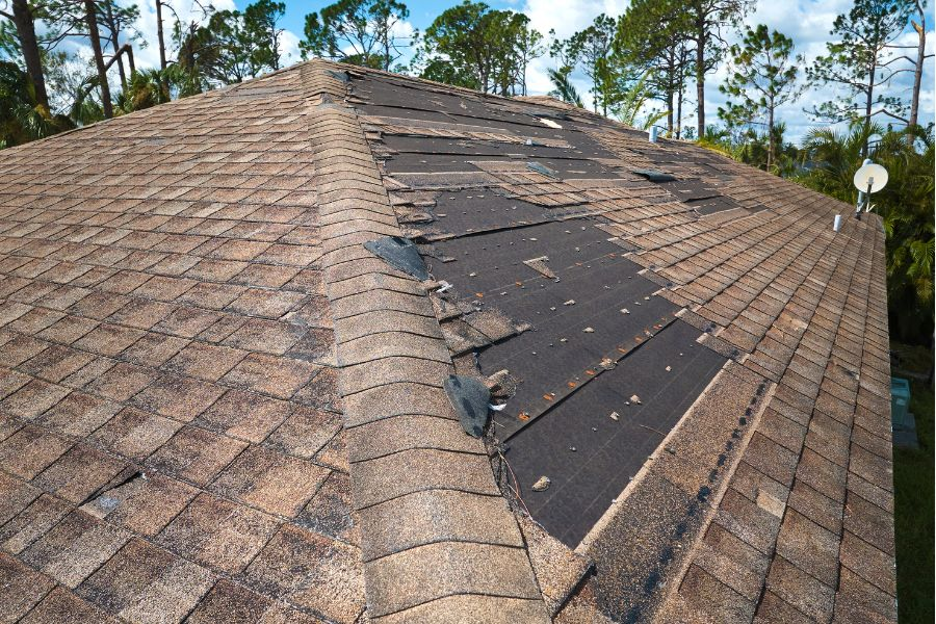
Wrapping Up
As we conclude our discussion on roof maintenance, understanding the importance of recognizing signs of deterioration, such as curled shingles, water damage, granule buildup, and organic growth, is essential. Knowing when to seek a professional inspection can help you decide whether to repair or replace your roof, ensuring you choose a reliable contractor.
Remember, your roof is not just a cover but an essential shield against the elements. Prompt action at the first warning signs, like damage from tree limbs or evidence of a leak, helps maintain your home’s integrity, reinforcing the safety and comfort of your living space.
